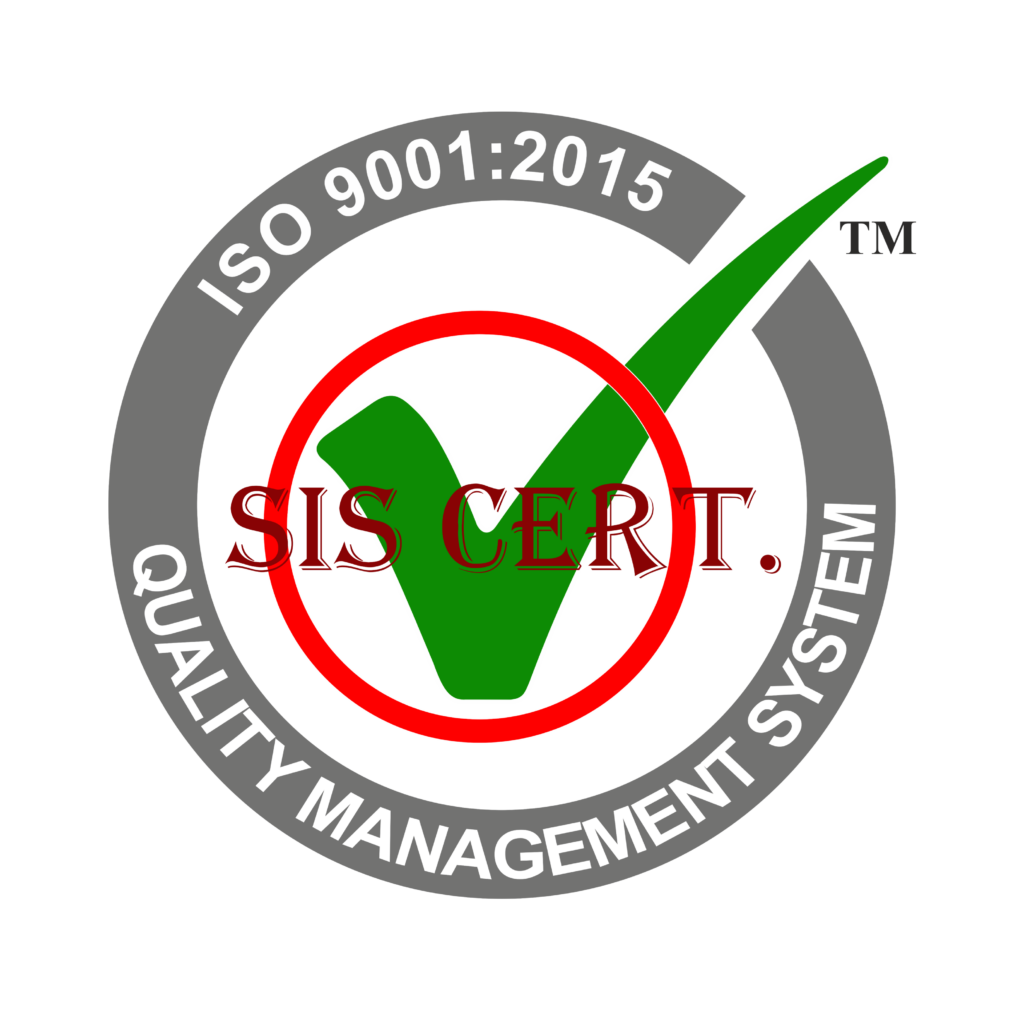Steel production is an essential industry. There is a great need for innovative and cost-effective solutions to improve the process.
In this article, we will explore the potential for revolutionary improvements in stainless steel production processes. Through the implementation of raw ruthless innovations, we could unlock the power of resource optimization, quality assurance, and cost savings benefits.
Join us as we explore the possibilities for the future of steel production.
Key Takeaways
- Incorporation of new technologies and advanced processes is essential for revolutionizing steel production in the stainless steel industry.
- Resource optimization plays a crucial role in minimizing costs, time, and energy, as well as reducing the carbon footprint and emissions.
- Rigorous quality assurance procedures, including inspections, testing, and analysis, are necessary to ensure the highest quality standards are met for raw materials and finished products.
- Leveraging innovative techniques and technologies, such as automation and energy efficiency improvements, can lead to cost savings while increasing the quality of output in stainless steel production.
Steel Production Overview
Analyzing the steel production process is essential to understanding how to make necessary improvements. The stainless steel industry is complex and ever-evolving, requiring the latest technologies and production process innovations. To remain competitive, manufacturers must constantly strive to improve the efficiency and quality of the stainless steel production process.
In order to identify areas for improvement, one must first understand the current production process. This includes outlining the steps used to create stainless steel products, the technologies used during each step, and the environmental and safety considerations involved.
Process Innovations
Revolutionizing steel production requires a continuous effort to develop raw, ruthless innovations for improving the stainless steel production process.
By incorporating new technologies and advanced processes, manufacturers can achieve higher quality standards and reduce wastage.
For example, AI-based automation can be used to monitor production processes, identify inefficiencies, and make improvements.
Additionally, new materials and technologies can be used to reduce energy consumption and improve the environmental sustainability of production.
Moreover, new production techniques can be employed to reduce costs associated with production, such as the use of 3D printing for prototyping.
Resource Optimization
How efficiently can manufacturers optimize resources to revolutionize the stainless steel production process?
The key to success lies in utilizing sustainable methods that minimize cost, time, and energy. By minimizing the carbon footprint, manufacturers can reduce the amount of emissions released and create a more efficient production process.
Additionally, manufacturers must employ the latest technologies and materials that are more efficient and cost-effective. By incorporating advanced techniques, they can create a higher quality product in a shorter time frame.
Lastly, manufacturers should ensure that resources are being used effectively and efficiently to reduce waste and maximize the output of the process. By optimizing resources, manufacturers can create a revolutionary production process and make significant improvements in the stainless steel industry.
Quality Assurance
To ensure that the stainless steel production process meets the highest standards, it is essential to incorporate rigorous quality assurance procedures.
Quality assurance is an important part of any steel production process, as it ensures that all products produced are of the highest quality. Quality assurance involves a series of tests and steps to ensure that the steel meets the desired specifications. This includes inspections, testing, and analyzing the raw materials, the intermediate products, and the finished products.
Quality assurance also includes the detection of any potential defects and defects in the production process. Additionally, it requires implementing effective corrective measures to rectify any issues that may arise.
Quality assurance is a crucial part of any steel production process and should be implemented to ensure the highest quality of products.
Cost Savings Benefits
We can achieve significant cost savings in the stainless steel production process by leveraging innovative techniques and technologies. By introducing new approaches to production, such as automation and improved efficiency, we can reduce costs while also increasing the quality of our output.
Additionally, improvements in energy efficiency can help reduce operational costs. In addition to cost savings, raw and ruthless innovations can also help us to reduce wastage and improve the sustainability of our production processes.
Frequently Asked Questions
What Type of Stainless Steel Is Produced by the Process?
The process produces high-quality stainless steel, offering superior corrosion resistance and strength. This makes it ideal for a variety of industrial applications and supports innovation.
What Are the Environmental Benefits of This Process?
This process produces stainless steel with improved environmental benefits, such as reduced energy consumption, decreased air pollution, and decreased water pollution. It is a revolutionary approach to steel production that will help create a more sustainable future.
Are There Any Health and Safety Risks Associated With the Process?
The process may present health and safety risks, however, these can be reduced through proper handling and safety protocols. Innovative solutions can be developed to minimize these risks and maximize innovation.
What Other Materials Can Be Used in Conjunction With the Stainless Steel?
Innovative materials for use in stainless steel production may include aluminum, copper, titanium, and nickel alloys. These can be used to enhance the durability and quality of the finished product.
How Long Does It Take to Process Each Batch of Stainless Steel?
The processing time for each batch of stainless steel varies depending on the size of the batch and the complexity of the production process. However, advancements in production technology have allowed for more efficient processing times.
Conclusion
Raw ruthless innovations in steel production have demonstrated the potential to revolutionize the industry.
Process improvements, resource optimization, and quality assurance enhancements have enabled cost savings and improved production outcomes.
Through continual innovation, steel production stands to gain greater efficiencies and remain competitive in a rapidly changing market.


